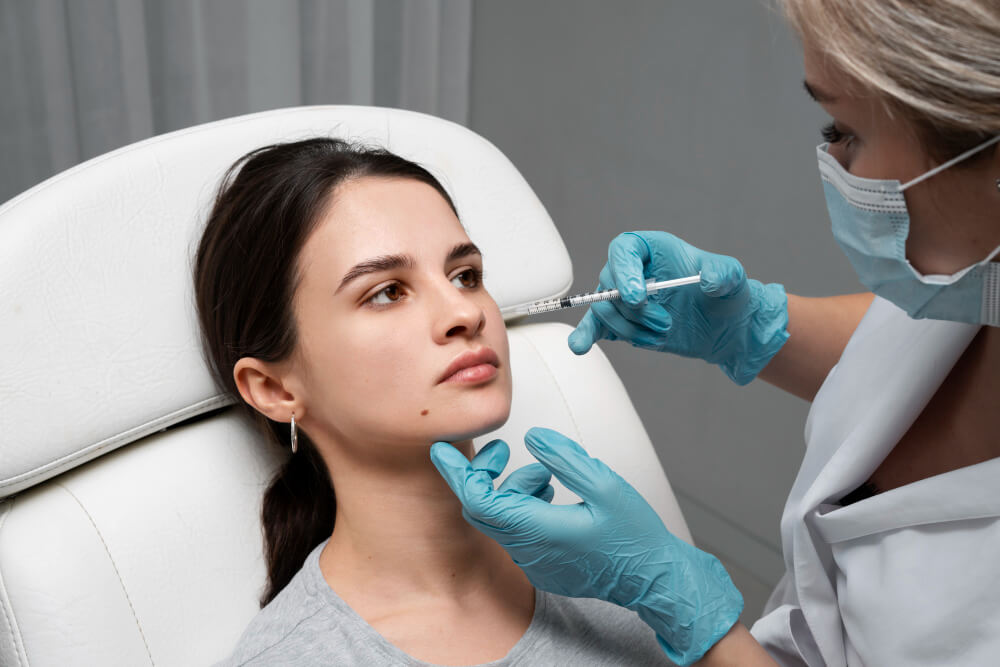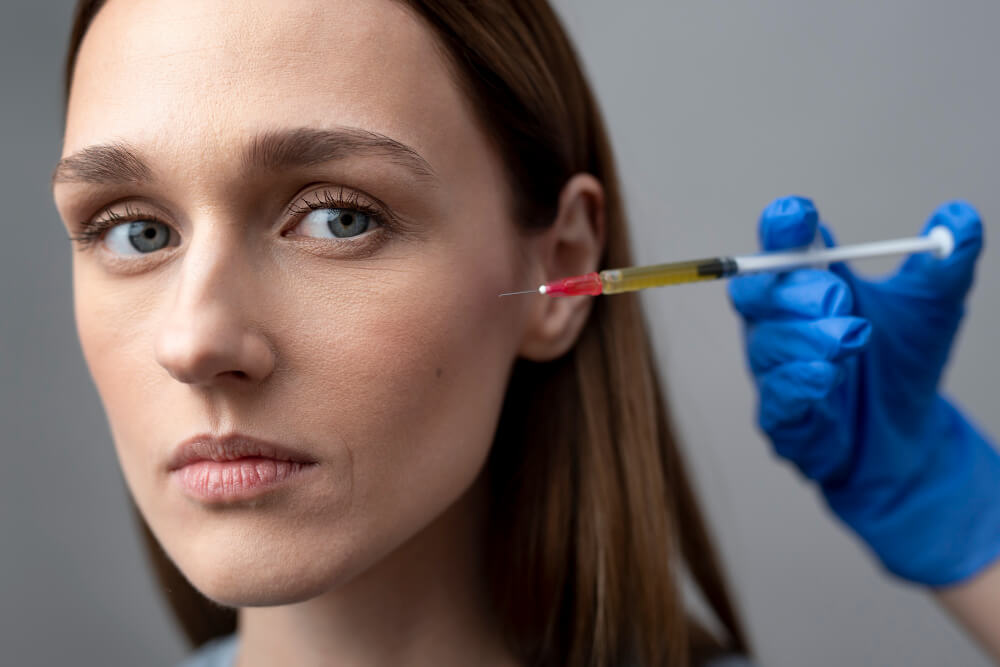By examining before-and-after examples and tracking progress, the article seeks to educate practitioners on the art and science of cheek augmentation with Juvederm, emphasizing patient assessment, treatment planning, and injection techniques for achieving natural-looking and harmonious results.
Before and after images of dermal filler treatments serve as valuable visual aids for patients and practitioners, showcasing potential outcomes and managing expectations. They provide a realistic depiction of the transformation possible with dermal fillers, helping patients make informed decisions about their treatment. Additionally, they serve as a helpful tool for practitioners to evaluate their techniques and track the progress of their patient’s results over time.
Juvederm dermal fillers are a vital tool in cheek enhancement, offering doctors a way to add volume and shape to their patients’ cheeks. This article shares the art and science behind using Juvederm for this purpose. It looks closely at the before-and-after cheek results, helping doctors see how techniques work. The aim is to guide medical professionals through each step—from looking at a patient’s face to planning the treatment and injecting the right way.
This article will discuss the importance of before and after photos of cheek enhancement results for patients and doctors in aesthetic practice.
Key Takeaways
- Cheek enhancement with Juvederm shows us how art meets science. Photos before and after prove the skill needed for beautiful results. Each patient’s journey helps medical pros learn more about giving natural, balanced cheek lifts.
- This practice goes beyond simple changes—it reshapes how patients see themselves and boosts their confidence. So, mastering this technique improves skills and profoundly impacts lives with visible, positive changes every time.

Benefits of Using Juvederm for Cheek Enhancement
Dermal fillers like Juvederm are crucial in cheek augmentation, offering a way to achieve youthful contours and address volume loss. Juvederm is unique as it tightens the skin immediately and helps bring back lost volume, giving cheeks a more sculpted look that appears natural.
This filler stands out because it provides instant improvement and works overtime to improve skin quality by making more collagen. Thanks to Juvederm Voluma, which is made for this purpose, cheeks look fuller, and fine lines around the nose and mouth get smoother.
Choosing Juvederm to enhance cheeks fits well with goals of safety, ease, and personal beauty ideals. People enjoy results that last anywhere from six months to two years, which means fewer visits for touch-ups. The gradual improvements in skin texture due to collagen production add a bonus benefit beyond just the immediate enhancement of facial contours.
Examining Juvederm Before and After Cheeks Examples
After thorough patient assessment and personalized treatment planning, seeing the difference Juvederm can make is vital. Checking out before and after shots of cheeks shows just how effective this filler can be.
Photos capture the instant improvement in cheek volume, providing a more youthful look that many patients aim for. Juvederm Voluma XC shines here – it’s made to pump up the cheeks where aging has caused them to sink.
Doctors often order Juvederm online for its reliable outcomes in non-surgical cheek enhancement. These snapshots showcase patient transformations and guide practitioners in creating similar success stories.
Importance of Before and After Photos in Tracking Progress
Before-and-after photos play a key role in the world of cheek enhancement with Juvederm. They illuminate the real changes patients undergo and offer a clear picture of treatment success. For clients and doctors, these pictures set honest expectations about what can be achieved. They are not just snapshots but proof of expertise and skills in gently yet effectively transforming faces.
Having such visual evidence helps everyone involved make better choices about care. Doctors can use them to showcase their best work, while people considering getting treated can see results.
This builds trust and confidence in the procedure’s power to refresh and uplift cheeks, proving that Juvederm fillers do more than enhance – they change lives by boosting self-esteem and satisfaction with one’s appearance.
Mastering Injection Techniques for Natural-Looking Results
It’s also about knowing how deep to inject and at what angle. Each face is different, so each injection plan should be, too.
Avoiding complications comes down to good technique and careful planning. Problems like Juvederm granuloma are rare but require quick action if they happen. Ensuring patients know how to care for their skin after injections helps, too.
Techniques for Achieving Symmetry and Balance in Cheek Enhancement
Mastering the art of cheek enhancement starts with a deep understanding of facial anatomy. Knowing where and how to inject Juvederm is essential for results that look good and feel right. Think about each face as unique. This means you sometimes must adjust your approach to get both cheeks looking their best together. Using Juvederm, aim for symmetry—when both sides of the face mirror each other nicely—and balance, ensuring no feature overpowers another.
The process involves careful planning and precise injections. Start with a thorough look at the patient’s face from various angles. Decide on the best points for filler placement to achieve that natural harmony everyone wants.

Conclusion
Mastering cheek enhancement with Juvederm takes skill and knowledge. Looking at before and after photos helps doctors see how treatments change faces over time. Learning from real-life examples shows what works well for different people.
With each patient, doctors improve their skills at making cheeks look natural and balanced. This journey toward improving skills makes every success with Juvederm a step toward true artistry in facial aesthetics.
References
Evolution of dermal fillers
https://www.ncbi.nlm.nih.gov/pmc/articles/PMC3100112
Volumizing Hyaluronic Acid Filler for Midface
https://www.ncbi.nlm.nih.gov/pmc/articles/PMC4482214
